Rating: 7.3/10. Book about child language acquisition by a Yale linguistics professor and researcher in the area. Each chapter talks about a different areas of linguistics (eg: phonology, morphology, syntax) and how children acquire it. There’s a lot that we don’t understand about the language acquisition process, but it seems to be very efficient and…
Category: Natural Sciences
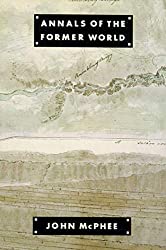
Annals of the Former World by John McPhee
Rating: 8.2/10. One of the longer books I’ve read, this is a 660-page book about geology. It is actually composed of five books that were separately published from 1981 to 1998. It won the 1999 Pulitzer Prize for non-fiction. The author has a narrative style that takes a while to get used to: at first…
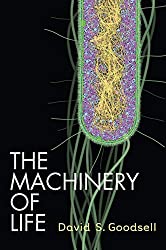
The Machinery of Life by David S. Goodsell
Rating: 8.1/10. A fairly unique book that explains molecular biology using illustrations and detailed to-scale 3D renderings of molecules. Only about 150 pages but there’s an illustration on nearly every page, explaining many different cellular processes, such as: DNA transcription, cellular respiration, breakdown of an E. coli bacterium, viruses, drugs. Doesn’t go too deep into…
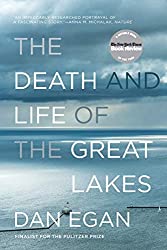
The Death and Life of the Great Lakes by Dan Egan
Rating: 8.0/10. The Great Lakes system contains about 20% of the world’s surface freshwater, but is “ecologically naive”: for thousands of years, its ecosystem has been isolated from the outside world as foreign fish can’t make it through the rapids and up Niagara Falls. This all changed in the 19th century as we opened several…
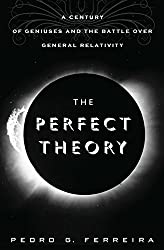
The Perfect Theory by Pedro G. Ferreira
Rating: 5.0/10. Book about Einstein’s theory of general relativity; I got bored after reading about 90 pages. Given that the author is a theoretical physics professor, I expected a more satisfying explanation of general relativity. Instead, this book is entirely about the history of general relativity, with descriptions of various scientists’ personalities. It overlaps substantially…
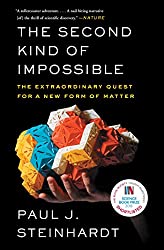
The Second Kind of Impossible by Paul Steinhardt
Rating: 8.5/10. A scientific adventure that starts out in theoretical physics but ends up in geology. The author is a physicist, who hypothesizes the existence of a new type of matter called a quasicrystal, which has no translational symmetry but only rotational symmetry, and is made up of atoms in a Penrose tiling. You can…
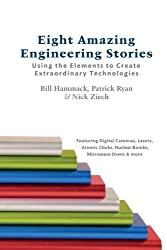
Eight Amazing Engineering Stories by Bill Hammack
Rating: 7.3/10. Short pieces about material science and engineering, picked it up when somebody recommended this book over the “Stuff Matters” book as a more technical tour of material science. The author is famous for the Engineering Guy YouTube channel. The book goes through a bunch of topics: digital cameras, smartphone accelerometers, atomic clocks, uranium…
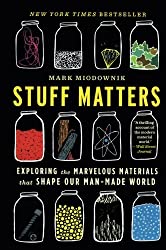
Stuff Matters by Mark Miodownik
Rating: 5.5/10. Pop science book by a material science professor, where each chapter talks about some material, their properties, history, etc. The first chapter “indomitable” is about metals: they’re as hard as rock but much more malleable so they don’t break easily. Humans first figured out how to make copper by heating a rock, then…
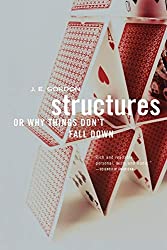
Structures: Or Why Things Don’t Fall Down by J. E. Gordon
Rating: 8.0/10. Published over 40 years ago in 1978, this book gives a basic overview of material science and structural engineering. It uses mostly intuition and only a bit of math, and interleaves a lot of stories giving examples of structures like bridges, planes, churches, animals, clothing, etc. This is one of Elon Musk’s favorite…
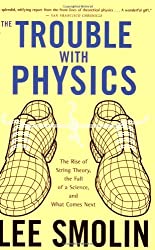
The Trouble with Physics by Lee Smolin
Rating: 8.5/10. Book by Lee Smolin describing modern theoretical physics, which is dominated by string theory. String theory arose in the 1980s as an elegant theory claiming to unify quantum mechanics and general relativity, and explain the complicated standard model using strings. However, the math is very complicated, and in order to be consistent with…
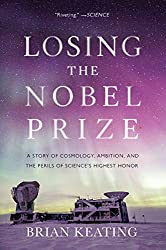
Losing the Nobel Prize by Brian Keating
Rating: 8.0/10. A scientist arrives in Antarctica to make observations with a telescope, then gets a call that his dad is dying, and has to leave. This book has two intertwined parts: one telling the author’s story with cosmology and the second explaining problem in modern physics research and the Nobel prize. The title is…
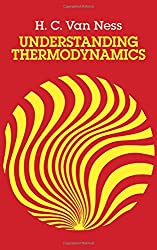
Understanding Thermodynamics by H. C. Van Ness
Rating: 9.0/10. Pretty short, 100 page book that gives an intuitive introduction to various topics in thermodynamics and statistical mechanics. It’s meant to be a supplementary text, not a main text, so some really important things were omitted, which was confusing to me, but that’s understandable. Some ideas I learned: Energy can’t really be defined…
